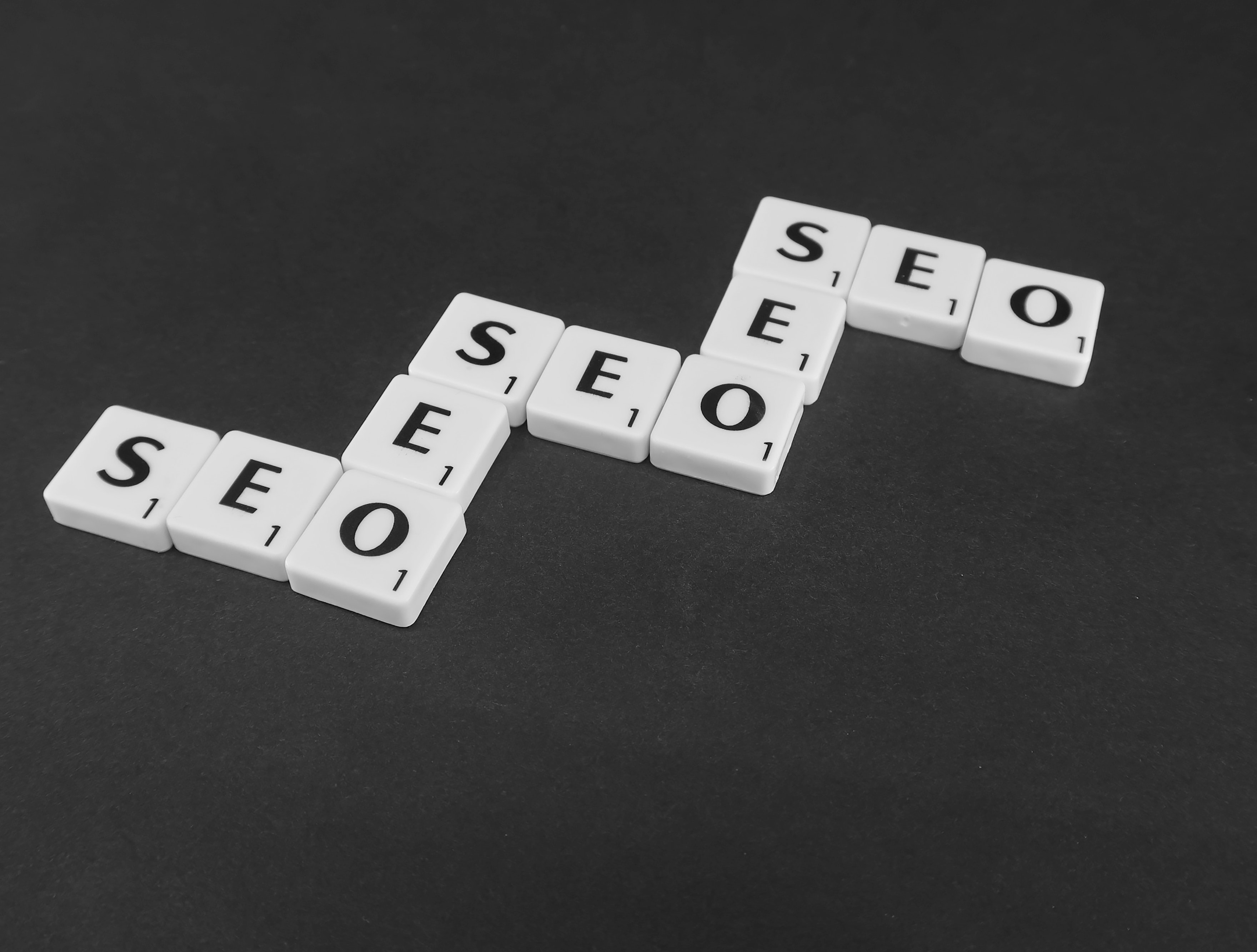SEO Strategy for E-Commerce by Sissi World
Everything you always wanted to know about SEO for eshop
The global pandemic has had (and is having) important economic consequences. Many companies have been forced to close their doors, others have suffered significant losses. As any economic crisis, there are always "winners and losers". And this is the case of e-shops and eCommerce.
During quarantine people "discovered" online purchases and many companies have seen themselves having to strengthen their sales channel on the web. For more precise data on the growth of eCommerce in 2020, it will be necessary to wait until the following year but, for those who work in the web marketing sector, the trend is already well framed.
Moving your business online is not enough in itself. It is also necessary to convey target traffic to eCommerce and bring it to conversion (therefore sales and monetization). The web provides various "weapons" for this purpose, from email marketing, to social networks, to search engines.
The growth of eCommerce has also translated into an increase in investments in online marketing activities. From this point of view, SEO (= Search Engine Optimizations) is really important: this is the first thing you should work on after building your website! Search engines, in fact, intercept the so-called conscious demand (= users who are looking for a specific product and maybe are ready to buy!). Grasping the search intent allows us to intercept users according to where they are in their customer journey.
If the SEO optimization of an eCommerce can be done at any time, starting when building your online store is a great advantage. So let's see how to take the first SEO steps…
1. Keyword search
The search phase is crucial. Ranking for the wrong keywords can be fatal, because you end up with unqualified traffic and a very low conversion rate.
There are several factors to consider when choosing keywords: relevance, search volume (how much that keyword is searched on a monthly basis), positioning difficulty (how many results that keyword returns and which sites are positioned there).
In general, it is better not to select keywords that are too large or with too high difficulty level.
Focus on the so-called long-tail-keywords: they consist of three or four words and are more specific.
An example: "dress" Vs "children mini dress brandname", the second is a long-tail-keyword that clearly circumscribes the search field and helps the user to find what he is looking for. In the first case, possibly some women will visit your store but... you sell children’s clothes!
In today's SEO, where search engine algorithms have become more refined, the study of keywords and search intent becomes a central aspect of optimization.
For eCommerce, SEO optimization in most cases focuses on product categories: these containers are the ones that are generally focused on for optimization and SEO positioning.
2. Optimize URLs and breadcrumbs
The URL must also be treated with care. A SEO friendly URL describes the content of the web page it represents clearly. For an e-Commerce, an example of SEO optimized URL can be the one that contains the category name + the product name + any specific characteristics: for example, a URL like https://www.yourwebsite.com/index.php?id_wca=123&clcp45saphttps://www.yourwebsite.com/index.php?id_wca=123&clcp45sap does not clearly explain what the destination page is about and is not friendly.
Instead a URL like https://www.yourwebsite.com/girl/dress/brand-product-namehttps://www.yourwebsite.com/girl/dress/brand-product-name

There are also other elements to take into consideration, called breadcrumbs. The literal translation indicates all those factors that guide user navigation: meta tags, snippets, images and alt-text. Small details that can make a difference!
3. Page speed
Visitors don't like to wait. The average user, instead of waiting for the page to load, goes back to Google and opts for another site (probably a competitor!), hoping it will be faster. The ideal loading time is around 3 seconds at the most: beyond this threshold 40% of visitors leave the site.
A simple tip to have better page speed: try to optimize the images as web doesn’t need high resolution images!
4. Internal, external and inbound links
Creating links between the pages of your e-Commerce is another factor that helps SEO. Google rewards the presence of internal links between categories and products that are in some way related, but be careful not to overdo it. The internal links must be positioned in a natural way, without forcing the presence within the pages.
SEO positioning is based on two connected aspects: on-site optimization and the off-site part. The latter is still largely focused on the ability to attract inbound links (backlinks).
Link building is a particularly important aspect: Google's guidelines, for example, condemn the obtaining of any inbound link that is not natural (for example, payed). On the other hand, the truly natural links on the web are certainly not the majority.
Therefore, the search for links pointing to your eCommerce must be managed in a much more careful way than in the past. Above all, the Google’s Penguin update has made the search engine more able to identify patterns that testify to artificial link building practices.
So how is link building for your online store managed in today's SEO? Quality and thematicity should be the guidelines.
Focus, more than on the number, on the search for backlinks from authoritative portals. Few but good, if we want to simplify, it is currently a prudent strategy, especially in the long term.
In addition to quality, we should favor sites or portals that deal with the topic of our eCommerce or in any case a related topic. Always sticking to the example, useful sites for backlink activities could be: other themed eCommerce (generally difficult due to conflict of interest), news sites or vertical blogs on kids fashion or family and kids activities in general.
5. Original content
From product descriptions to blog articles, the contents must be original, that is ad hoc products descriptions for your e-Commerce and not borrowed/copied from other sites. Google penalizes duplicate content, so investing in copywriting is highly recommended. Creating unique texts will make you safe from penalties and you will have the guarantee of having SEO-optimized texts.
A very common practice is to upload products massively, perhaps through style sheets, or to copy the contents of the product sheet from other sites (perhaps from suppliers).
In this way you have hundreds, if not thousands, of product or duplicate pages, or with all similar titles (perhaps which vary only for a certain product code). SEO side is a bad practice and if you have chosen this path, the subsequent optimization can take many hours of work.
Each product, as far as possible, should have specific tags and optimized content. The card of a product is not only essential from the SEO side, but also from the point of view of conversion (so the work of arrangement is worth it).
A tip: if you haven't considered the possibility of implementing a blog on your site, perhaps you should know that it is one of the most effective tools for improving SEO positioning. The blog, in fact, is not only useful for informing and educating the customer by providing useful and relevant content, but also serves to position itself for the reference keywords that are not used on the other pages.
Since each page of your website should be optimized for only one keyword, some will necessarily be excluded. How do you position for other related keywords too? Through the blog: optimizing individual posts for keywords that are not used on the main pages of the site.
Furthermore, from an inbound point of view, the blog, if used wisely, is a valuable tool for creating a relationship of trust with potential customers and establishing your authority in the market in which you operates.
These are just some guidelines for developing a complete SEO strategy for e-Commerce, but they certainly do not pretend to be exhaustive. SEO is a complex world and each case must be studied and analyzed to develop a tailor-made strategic plan.
Read more about ONLINE AND OFFLINE ADVERTISING, THE BEST TIPS BY SISSI WORLD
Paola Agostini
Sissiworld Magazine















